 EN
EN
 PT
PT
Effective strategies for teachers - ERICKSON GUIDES
Product: Book
Trim size in cm: 20x27cm
Pages: 400, in colour
ISBN: 9788859011026
Publication date: 01/01/2017
Suitable for: Primary 1st level (ages 6-7), Primary 2nd level (ages 8-10), Lower secondary 1st level (ages 10-11), Lower secondary 2nd level (ages 12-13), Upper secondary 1st level (ages 14-16), Upper secondary 2nd level (ages 17-19)
REQUEST A SAMPLE OR MORE INFORMATION
From the leading experts in the sector, thanks to its technical and practical layout, DYSCALCULIA and other difficulties in arithmetic at school not only presents the characteristics of dyscalculia and other difficulties in mathematics and their repercussions at school but also strategies for compensating for deficits and didactic and psychoeducational intervention tools.
The book is divided into 4 sections, which guide the reader in the different phases which characterise their work with pupils:
– KNOWING, OBSERVING AND EVALUATING: a clear and thorough definition is given on dyscalculia and difficulties in mathematics, and tools for their observation and classification are provided.
– PROGRAMMING AND TAKING ACTION: concrete strategies and interventions are given for effectively tackling particular didactic and educational needs.
-THINKING AND UNDERSTANDING: the emotional and relational implications the disorders carry are analysed.
– JOINING FORCES AND SHARING: strategies for building a synergic intervention network centred on the well-being of the child are given.
YOU CAN ALSO FIND THE FOLLOWING IN EACH CHAPTER:
– a sequential time line illustrating which phase the suggestions given in the chapter belong to
– a conceptual map which predicts and organises content
– a number of case examples
– in-depth analysis of scientific research
– interviews «A few questions for the expert…»
– advice for classroom teaching
– a summary of the contents presented in the chapter
Introduction
SECTION I – KNOWING, OBSERVING AND EVALUATING
Introduction
Dyscalculia: overview, diagnostic criteria and comorbidity
Theoretical reference models, cognitive processes and learning styles
Legislative framework, assessment tools and diagnostic work-up
Number sense and dyscalculia
Numerical cognition and the number system
Problem solving
SECTION II – PROGRAMMING AND TAKING ACTION
- Interventions with dyscalculia. Development and rehabilitation
How to help pupils with dyscalculia
PEP for difficulties in mathematics
SECTION III – THINKING AND UNDERSTANDING
Self-efficacy in mathematics, gender stereotypes and false beliefs
Mathematics and metacognition
Dyscalculia and adult life
SECTION IV – JOINING FORCES AND SHARING
Building educational alliances
APPENDIXES – TEACHING TOOLS
The analogical method: intuitive learning of mathematics
Calculation strategies

«Erickson Guides», the outcome of the work of the greatest Italian experts in these fields, represent the most complete tools for intervention in schools. They not only provide an exhaustive framework of thecharacteristics peculiar to the various disorders and their consequences at school, but also strategies to deal with them, assessment tools and didactic intervention.
EACH GUIDE OFFERS A PROGRAMME IN 4 STAGES

KNOWING, OBSERVING, EVALUATING Clear and exhaustive definition of the disorder, diagnostic criteria, integration of children in class, the evaluation process

PLANNING AND PUTTING INTO ACTION Strategies and practical interventions to be enacted at school to deal effectively with teaching and educational special needs

REFLECTING ON AND UNDERSTANDING Consequences in the spheres of emotions, relationships, self-esteem and self-perception

JOINING FORCES AND SHARING Strategies to act synergically and involve school and family to improve the child’s wellbeing
IN EACH CHAPTER YOU CAN FIND...
a sequential time line which illustrates in which phase the practical indications given in the chapter are placed

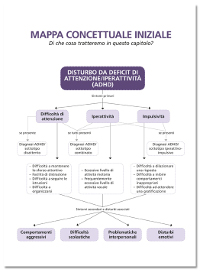
a conceptual map that illustrates the main contents and how they are related
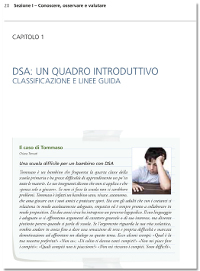
presentation of case examples, through short descriptions, portraying children in their daily typical situations
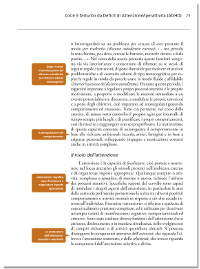
questions and key points alongside each paragraph to tell the reader what it is talked about
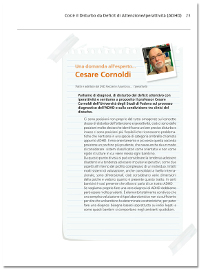
interviews with experts on the most debated and current aspects of the disturbs
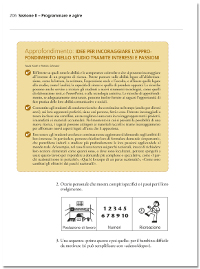
in-depths explanations of meaningful concepts and terms
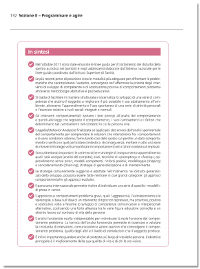
final summary box of the main contents dealt with in the chapter